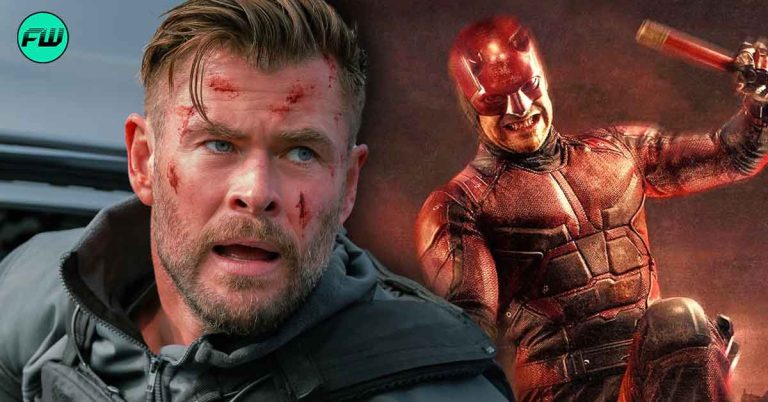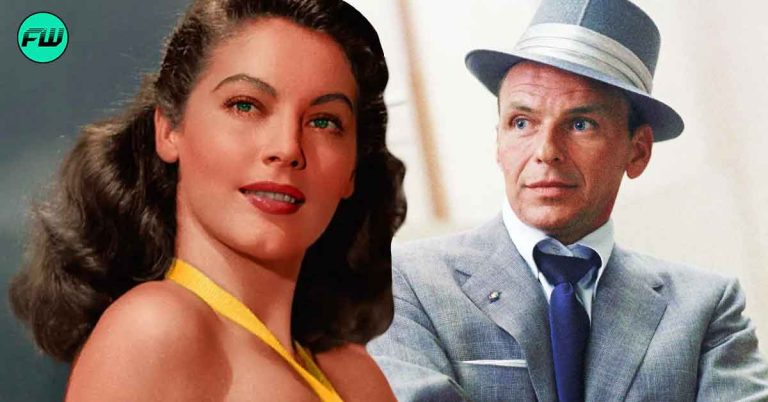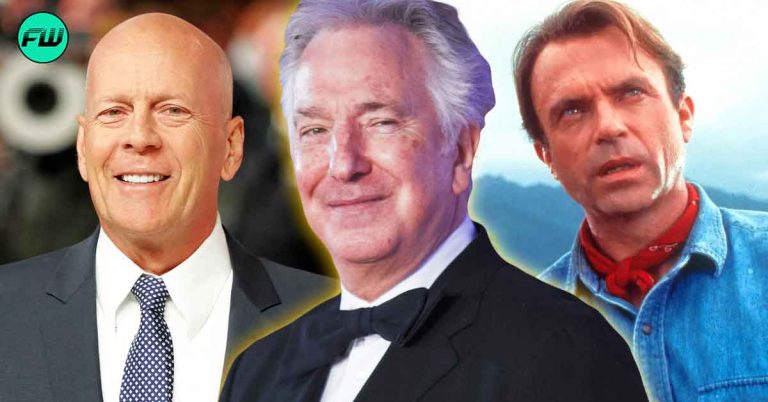You can only come up with so many original ideas, that same belief applies to these entries for this list. As we go over real people who were used to inspire some of the most popular comic book characters. We will be looking at aspects of specific famous people who were used as reference for either their looks, beliefs or personalities for comic book characters. While many of these entries lean towards the resemblance side of things, there are a few who were based on others for their unique personalities. Without some of these people, we would be missing out on some of the most important characters in comics, these are 10 Comic Book Characters Based on Real People.
The Joker/Conrad Veidt

First appearing in 1940’s Batman #1, from the 1928 film The Man Who Laughs. The film takes place in 1690 and follows a nobleman who defies King James and is sentenced to be executed while his son’s face is surgically disfigured to have a permanent smile. The image of Conrad Veidt’s large unsettling smile has been referenced time and time again for the design of the Joker. Many believing at first glance that all it is, is a picture of some incredible Joker cosplay. Instead, it is the reference Bill Finger used when designing and coming up with that certain shtick when creating the Clown Prince of Crime.
Nick Fury/Samuel L. Jackson

First appearing in 2001’s Ultimate Marvel Team-Up #5, created by Brian Michael Bendis and Mike Allred. The original Nick Fury first appeared in 1963, it wasn’t until 2001 when Bendis and Allred rewrote the character during Marvel’s Ultimate run where the character was changed and took inspiration from Samuel L. Jackson. Jackson has even stated himself that when he first saw the new look for Fury, he immediately saw the resemblance to himself. Thankfully, everyone else agreed and Ultimate Nick Fury was used to bring together the Avengers for the Marvel Cinematic Universe and who better to play him than the man himself.
Batman/Douglas Fairbanks

While the inspiration for Bruce Wayne has come from various figures the design for Batman was taken from another masked vigilante crime-fighter, Zorro. In this case it came from the 1940 film The Mark of Zorro, starring Douglas Fairbanks. Those who are familiar with the Dark Knights origin, The Mark of Zorro is was the film Bruce and his parents were seeing the night they were murdered. You couldn’t possibly get more meta than that, with combining a real-life person who portrayed a fictional character that inspired a fictional character to become a masked vigilante. Since then, the icon of Zorro has been an imprint on Batman through out comics and other forms of media.
Tony Stark/Howard Hughes

Howard Hughes has been as one of the most important and wealthiest men in the world, gaining his popularity through his influence in producing big budget films like 1928’s The Racket, 1930’s Hell’s Angels and 1932’s Scarface. Hughes kicked off the Golden Age of Hollywood; ironically, Tony Stark/Iron Man helped launch the Silver Age of comics in 1963 with Tales of Suspense #39. Many of Tony Stark’s personality as a billionaire, playboy, philanthropist mirrored that of Hughes who also had an eccentric and ambitious behavior. Even going as far as naming Stark’s father Howard Stark, after Hughes himself. Without Hughes, we wouldn’t have the incredible character who kicked off the Marvel Cinematic Universe in 2008.
Lucifer/David Bowie

While the character of Lucifer in the comic book series “The Sandman” was not directly based on David Bowie, artist Mike Dringenberg did borrow elements of Bowie’s appearance and persona for his visual depiction of the character. Dringenberg has stated that he was inspired by Bowie’s androgynous appearance and theatricality and sought to incorporate those qualities into his design for Lucifer. Additionally, writer Neil Gaiman has cited Bowie as an influence on his depiction of the character’s personality and mannerisms.
Wolverine/Clint Eastwood

Wolverine’s design and personality were partly inspired by Clint Eastwood’s “Man with No Name” character, particularly his portrayal of the character in the 1960s spaghetti western films directed by Sergio Leone. Writer Len Wein has cited Eastwood’s stoic, no-nonsense performance, and rugged, weathered appearance as influences on Wolverine’s gruff demeanor and rough exterior. Additionally, Wolverine’s signature claws were reportedly inspired by the claws of the animal wolverine, but their implementation as a weapon is thought to have been influenced by the katana swords used by samurai warriors in feudal Japan, where Wolverine was depicted as having received training.
Darkseid/Adolf Hitler

There have been various claims and theories about the inspirations behind Darkseid, but there is no definitive evidence to suggest that the character was directly based on Adolf Hitler. However, some have noted similarities between Darkseid’s authoritarian rule over the planet Apokolips and Hitler’s fascist regime in Nazi Germany, as well as the character’s use of the Nazi salute in some depictions. However, it’s worth noting that Darkseid was created by comic book writer-artist Jack Kirby in the 1970s, well after World War II and the fall of the Nazi party.
Magneto/Malcom X

Magneto has been explicitly identified by his creators and others as being partly inspired by the civil rights leader Malcolm X. Like Malcolm X, Magneto is a character who has experienced persecution and discrimination based on his identity (in Magneto’s case, being a mutant), and who believes that the only way to achieve equality and justice for his people is through forceful means. Magneto’s philosophy has been compared to Malcolm X’s advocacy for black nationalism and self-defense in the face of systemic racism, while the character’s backstory as a Holocaust survivor has been likened to Malcolm X’s own experiences of racism and oppression. However, it’s worth noting that Magneto is also a complex character with his own unique motivations and personality traits, and is not simply a direct copy of Malcolm X.
John Constantine/Sting

Created by writer Alan Moore and artist Steve Bissette, with contributions from writer Jamie Delano, in the 1980s. While there is no definitive evidence to suggest that the character was directly based on the musician Sting, there are some similarities between the two. However, both John Constantine and Sting were known for their distinctive appearances and fashion choices, as well as their interest in spiritual and mystical themes. Additionally, Sting has been known to incorporate elements of Gothic and occult imagery into his music and aesthetics, which are also prominent in John Constantine’s stories.
Wee Hughie/Simon Pegg

Hughie Campbell, a character from the comic book series “The Boys,” was indeed intentionally modeled after actor Simon Pegg. The series’ co-creator, Garth Ennis, has stated in interviews that he envisioned Pegg playing the role of Hughie if the comic were ever adapted into a live-action production. In fact, Ennis and artist Darick Robertson even based the character’s appearance on Pegg and included a nod to the actor’s role in the zombie comedy film “Shaun of the Dead” by having Hughie wear a t-shirt with the film’s logo. When the television adaptation of “The Boys” was eventually produced, Pegg made a brief appearance in the role of Hughie’s father.
Follow us for more entertainment coverage on Facebook, Twitter, Instagram, and YouTube.










